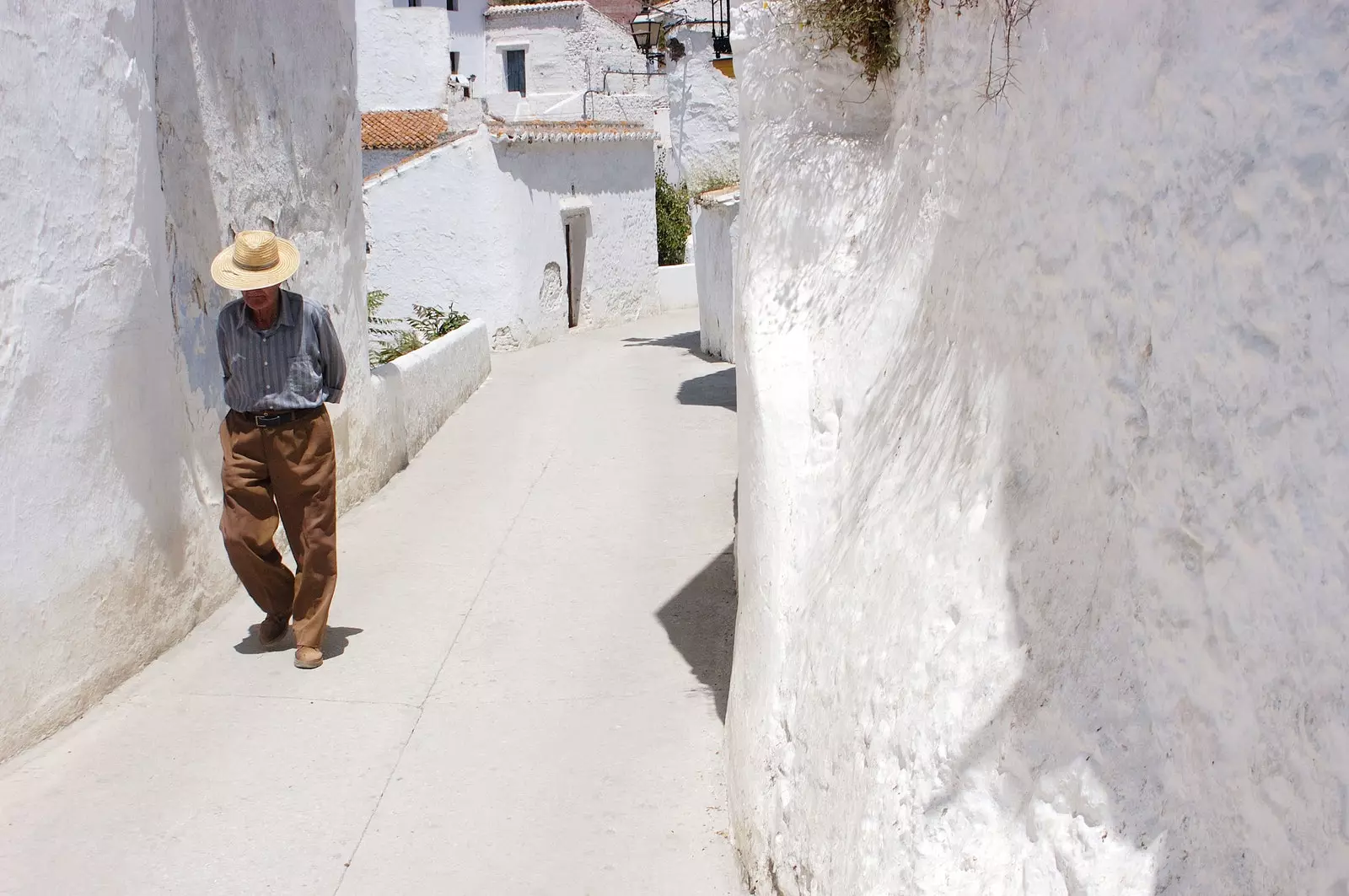
Pros and cons of going to live in a town with less than 300 inhabitants
30% of Spanish municipalities have less than 300 inhabitants , according to data published last year by the National Institute of Statistics. In other words, the choice is rather simple. And if we take the pulse, the truth is that the trend of recent months has been to emigrate from the city to the countryside . “I was desperate looking for a plan B and leave town forever ; the first time I traveled to the Islet of the Moor (184 inhabitants) I fell in love. I did it in winter and I was fascinated by the volcanic landscape, the natural park, the lonely streets … I looked for an apartment to move there and, although the number of inhabitants grows in summer since many houses in the town are second homes, the rest of the year is a joy”, he tells us Lorena Martin (journalist).
Looking for other types of emotions, saturation or that apocalyptic feeling that has been experienced in big cities since the pandemic began, have been some of the most compelling reasons for this kind of stampede of return to rural . But we are not talking about moving to a town-city, but to one of those towns with less than 300 inhabitants where life is radically different from what we knew.
towns in which there is a bar, hopefully , to which the three countrymen on duty go. Picturesque places, where the beauty and tranquility that is breathed are reasons enough? to live in them. On our radar, we analyze three cases in three different locations: an architect in Salares, in the Axarquia region of Malaga, with 181 inhabitants (inside the Sierras de Tejeda, Almijara and Alhama natural park); a winemaker in Brugairolles, a French village of 300 inhabitants , 20 minutes from Carcassonne and its medieval city; and a journalist in the Isleta del Moro, 180 inhabitants, by the sea, in Almería, in the Natural Park of Cabo de Gata-Níjar.
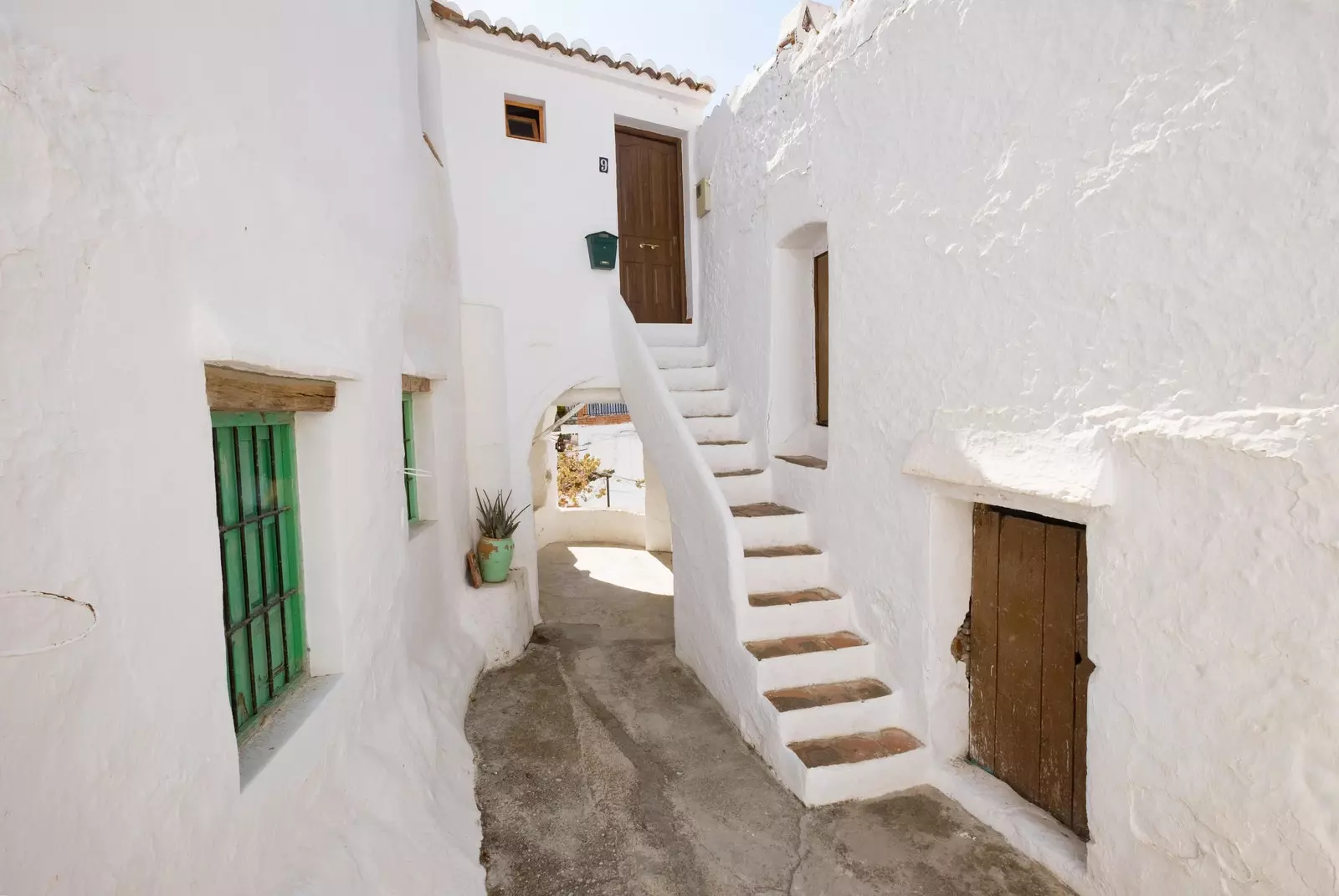
The town of Casares in the Axarquia
THE ADVANTAGES OF LIVING IN A VILLAGE WITH LESS THAN 300 INHABITANTS
There are a lot of fantasy in this of going to live in a very small town . The rents are not that cheap and you will not grow as many tomatoes as you think in your own garden. Even so, you will live more cheaply and eat better tomatoes . That's for sure. These are some of the pros of living in a mini town.
Being surrounded by nature and immersed in a healthy environment
Contact with nature practically at all times and in all places is a reality. Attend the changes of seasons consciously , also. And looking anywhere and scanning the horizon without finding an urban jungle of buildings and a pollution cap, another advantage. And it adds up and goes on: aromas that replenish the spirit, flowers, wet earth... every day. Listen to the chirping of the birds, the barking of the dogs day in and day out. Inhale the smell of smoke from the chimneys, the crunch of the leaves under your feet, daily. Just like eating village bread, and buying delicious vegetables at a very good price, the aroma of the pots of the neighbors in the streets …. Shall we continue? Living in a town with less than 300 inhabitants allows you this immersion 365 days a year.
No more parking hassles and traffic noise
“The first thing you experience when you move is the joy of silence , comments Lorena Martín, a journalist by profession, previously based in Madrid –although she now recognizes that she is looking for another job–. Settled for a year on the Isleta del Moro, her change for her has been radical. “ I went to Madrid for love and then I was for work . But there came a time when neither of the two things filled me anymore. The city had turned hostile and I felt like I was drowning . I couldn't stand the noise, the pollution, the subway, the constant feeling of living in a mousetrap… and a year ago I moved. quality of life is this . There are days that 3 or 4 cars pass. No more. And every day I can walk by the sea…”.
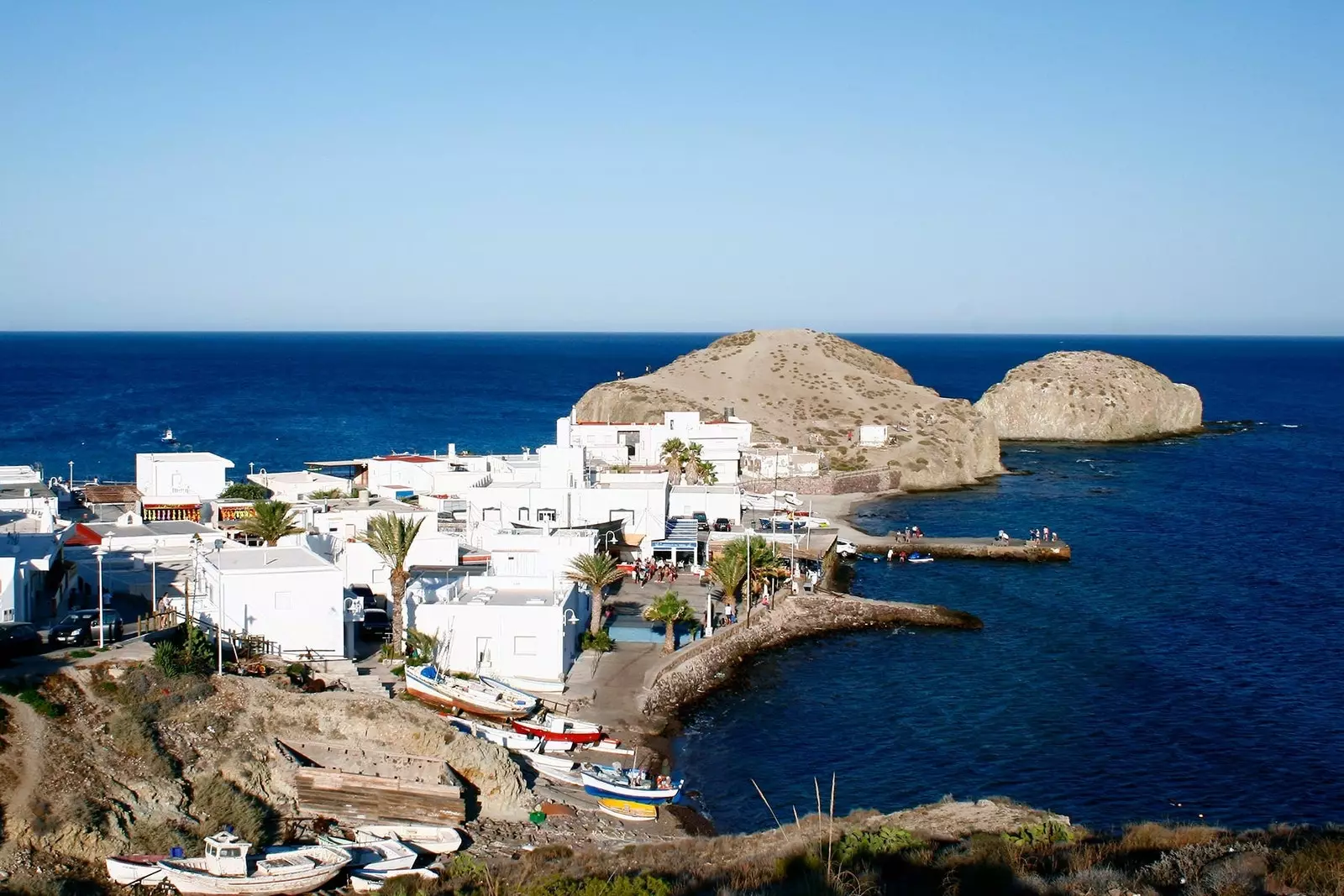
The fishing village of Isleta del Moro
Get a house, space or land at a very reasonable price
It was what happened to Pablo Farfán, architect by profession , who after living for two decades also in Madrid, returned to the south. “I am from Malaga and I went to study architecture in Madrid, where I have lived and worked for 21 years in the most active and populous neighborhoods of the capital: Malasaña, Chueca or Lavapiés”, he explains. “But after that, Ana, my wife, and I decided to reapply what we learned. Now we are rehabilitating a stone house with our own hands in Salares , a small town in the Axarquia of Malaga with 174 inhabitants that is an absolute marvel ”, he points out.
Live other types of emotions closer to the ground
"We came looking for other types of emotions," continues Farfán, " from growing organic oranges in our orchard to investigating Nasrid architecture or sailing to Morocco ”, explains the architect. From here all this is possible. In addition, "Salars is located inside a Natural Park , where the roads end and civilization ends, but we like those borders”, this architect points out with a laugh.
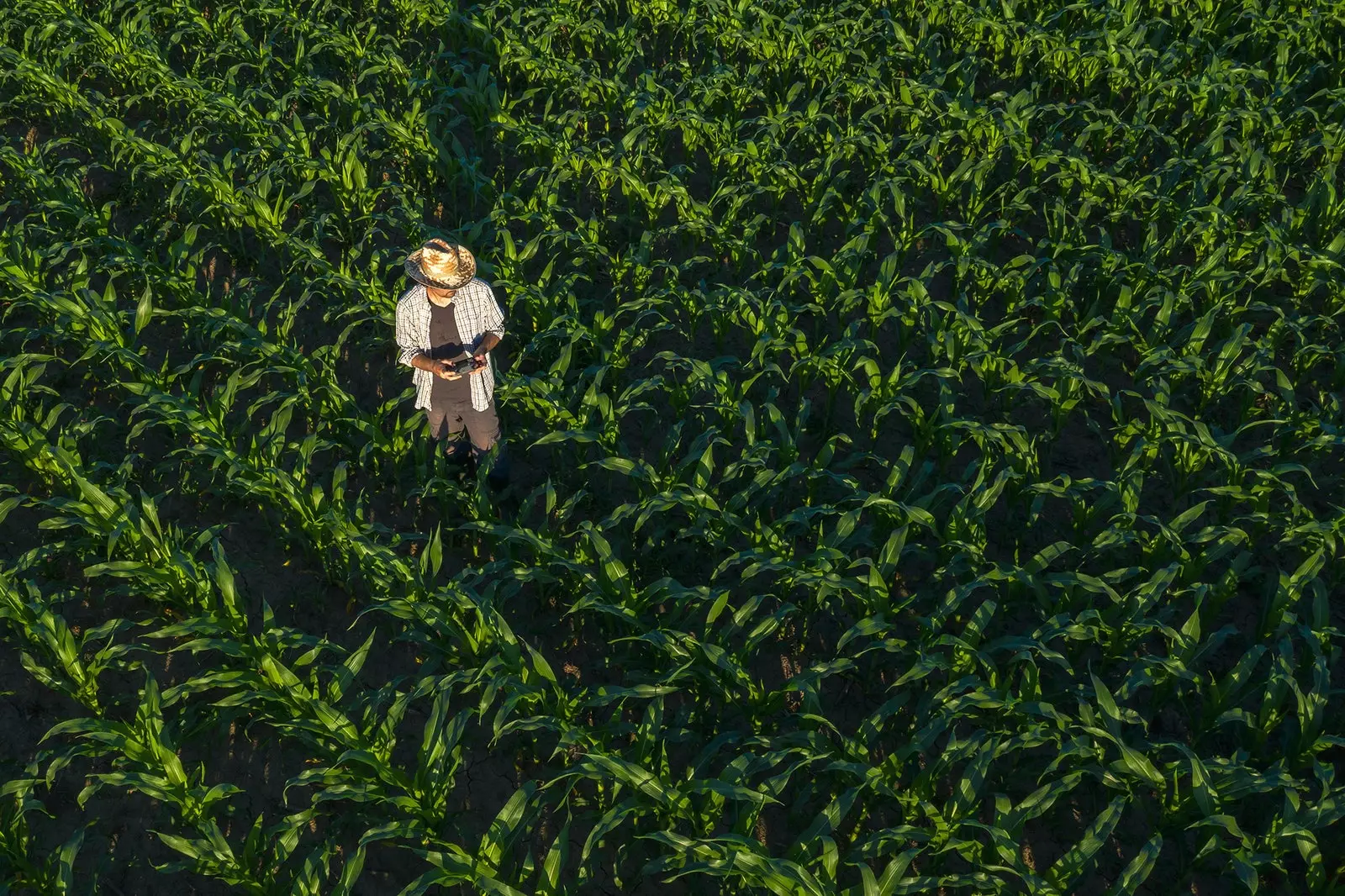
The future will be local or it will not be
The ecological, ethnological and resource potential of these peoples is enormous.
Towns with fewer than 300 inhabitants have few resources, but what kind? we wonder. It is true that you may not have dozens of bars or shops, or there is a lack of doctors on the ground... but there are other things. “ My office is an architecture studio but also a laboratory and a place to hold meetings, workshops and residences ”, explains the architect. This is possible in the house of Salares. Not in another place. "Also, the relationship with the environment is very enriching for us , being close to where the resources are produced, extracted and processed and also to the people who keep the local ancestral traditions and knowledge alive”, he points out. For professionals who are interested in these topics, everything remains to be done and developed.
If you are a lover of privacy, this is your site
We had read in some comments from neorurals about their experience of living in small towns that since they moved from the big cities casual sex had disappeared from their lives. May be. But it is the quality and not the quantity that is measured in these types of places . Living in a town with less than 300 inhabitants implies having more hours of solitude yes, maybe less sex, but the intensity with which relationships are lived is greater and everything will depend on your attitude towards life : see the glass half full or see the glass half empty.
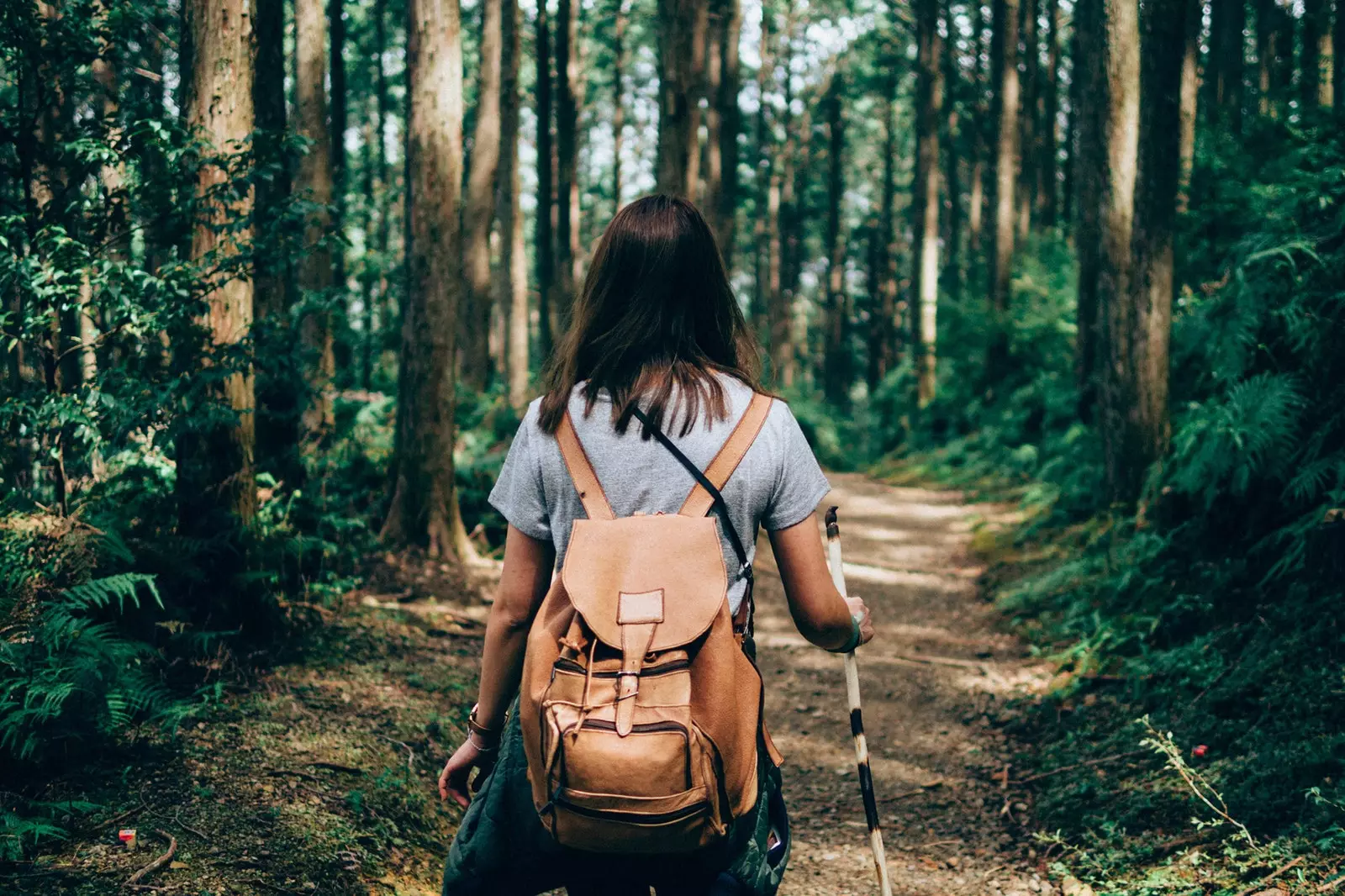
silence and privacy
THE DISADVANTAGES OF LIVING IN A VILLAGE WITH LESS THAN 300 INHABITANTS
Some also say that since he went to live in that town of less than 300 inhabitants s has known the true meaning of the word loneliness. Although in it he has also made friends of all kinds, from octogenarian ladies to teenagers, and has ended up dedicating himself to what he least expected... But what are the real cons that you will find?
Staying incommunicado (because of snow) is a classic of every winter
He spends every winter in many of these towns. It seems silly but "when it snowed a lot I could be incommunicado for 5 or 6 days," he says Fatima Ceballos , a young oenologist who went to Brugairolles (France) to work for a few years . “In my case, I could walk to work because the winery was very close to my house. I was crossing a path through the vineyards with my ski clothes on… and it was even fun. But those days with the snow nobody could take the car and they couldn't go to work”, she remembers. Be careful, these little problems, although you also experience them in the city (let's run a thick veil) in these types of towns make your life really impossible.
For lovers of intense social life, zero recommended
When you live in a town with less than 300 inhabitants, you have to like solitude. There's no more. If not, don't even try. Because “it is not easy for people to come to see you”, explains Fátima Ceballos. “Imagine those winter Sundays…”. So if you are one of those people who need to always be surrounded by people, and go out from time to time... one of these towns is not for you either . “You don't have that many neighbors either. And in my case my companions lived in other towns. So from time to time we met at a house. But there were weekends when these plants did not exist”. On the other hand, if you are a person who likes tranquility, you are a homebody, you entertain yourself and do not mind moving by car, yes it is highly recommended”.
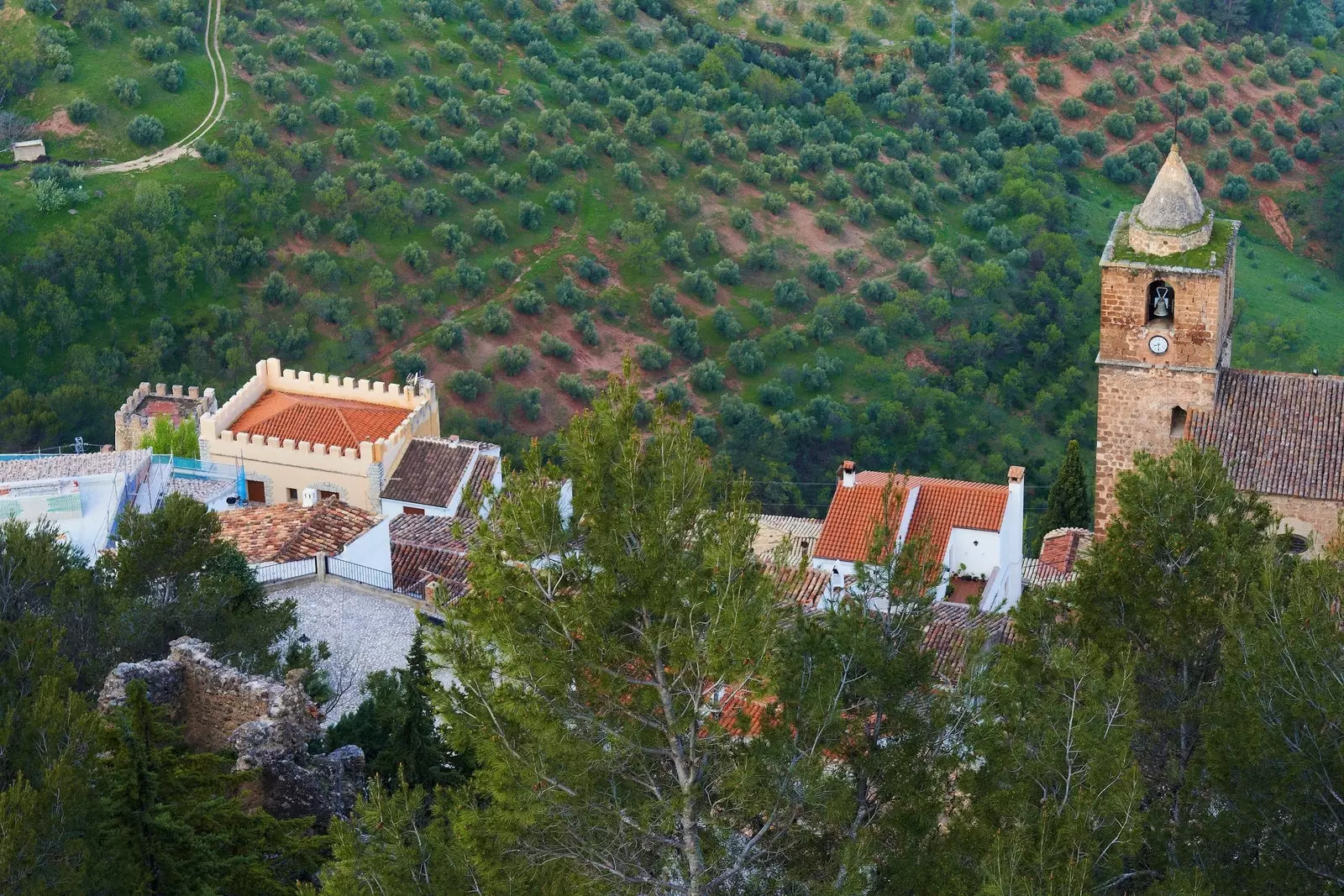
The car, you will have to take it for everything
By the way, you have to take the car for everything, practically
It seems that when you live in a small town, with less than 300 inhabitants, you can cycle or walk everywhere and your life will leave a much smaller footprint. Well, it's not true. Quite the contrary. For everything you will have to take the car. “ To buy I had to go to a bigger town that was about 12 km away . And in the end you ended up realizing that you had to use it for everything. And although sometimes I took the bike, it was to go for a walk but not to go, for example, to the next town”.
Finding a job is not an easy task
One of the biggest drawbacks in towns with less than 300 inhabitants is that you will not find work easily, unless you are some kind of digital nomad who already has work on him . Another option is to "invent it" says the architect. “For now I continue working on projects that are on the coast: Malaga, El Rincón de la Victoria, Estepona, Tarifa, and even Granada or Córdoba . In other words, for the time being, "to work I have to travel and do it on mountain roads, for whom this may be another inconvenience, but for me it is also part of the charm," he explains.
